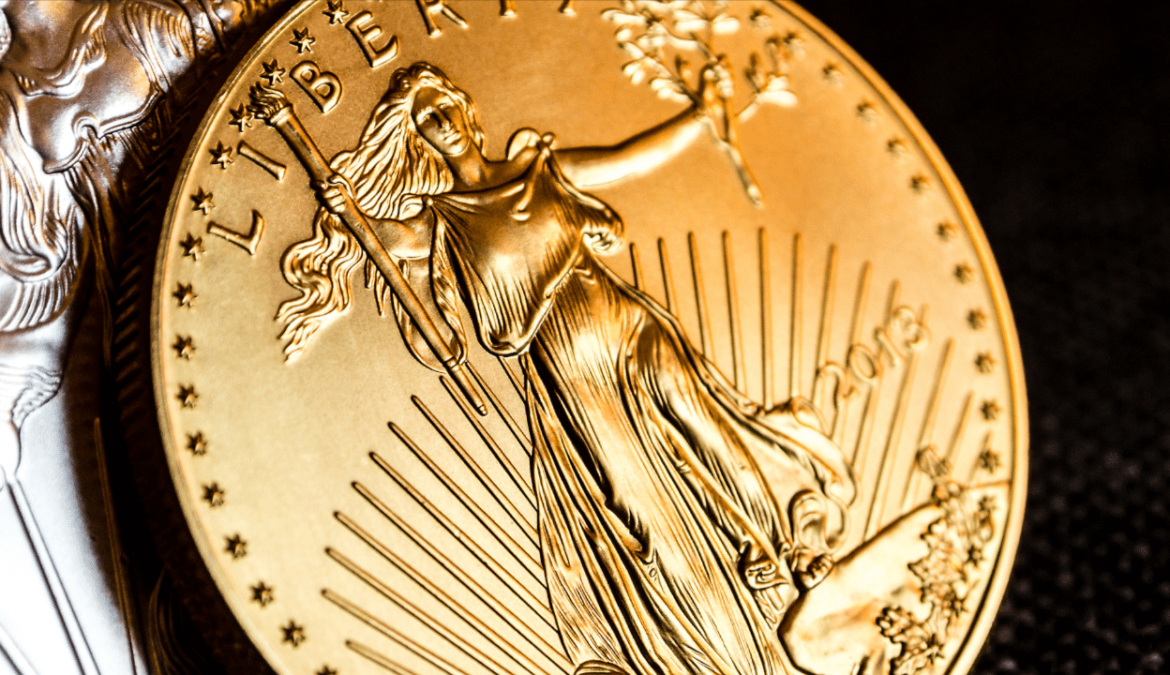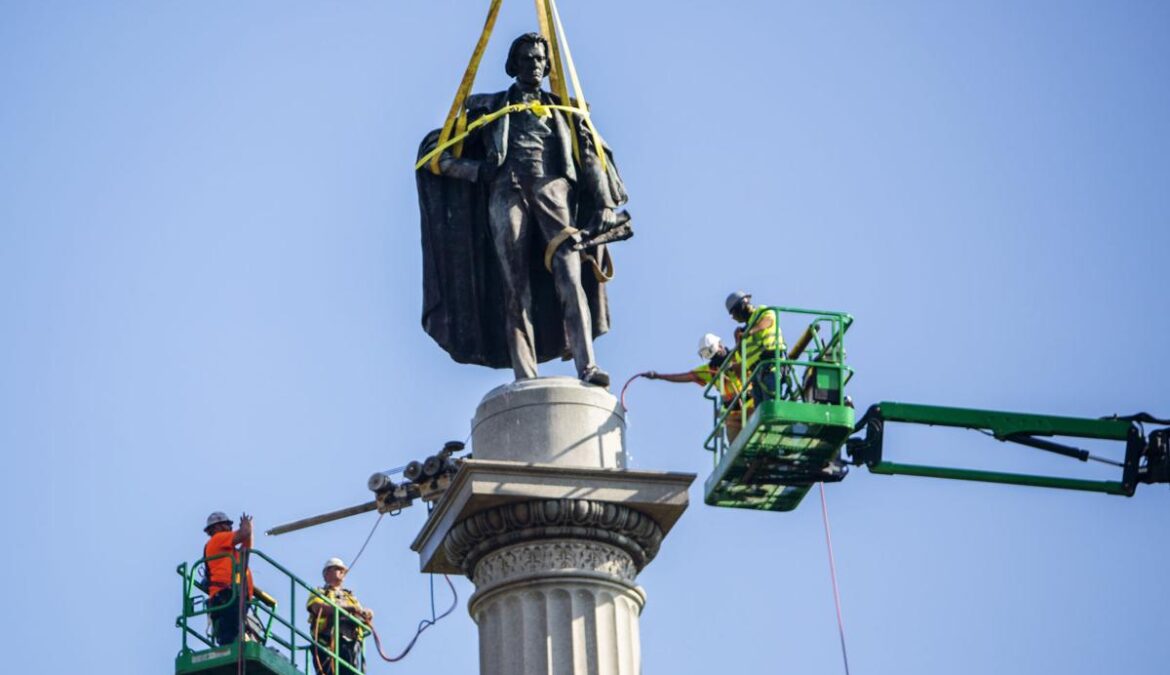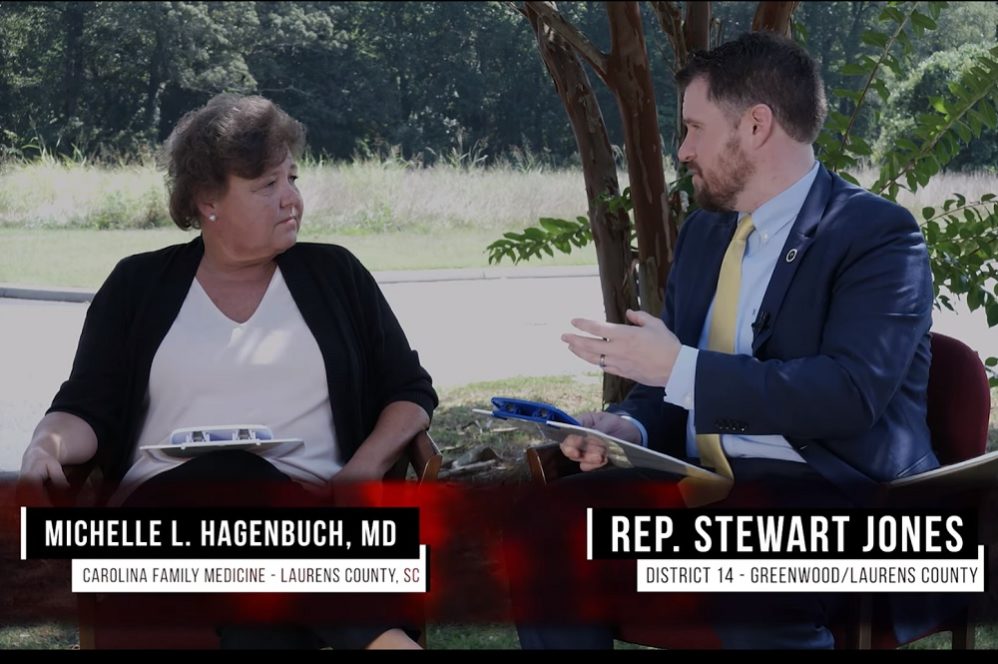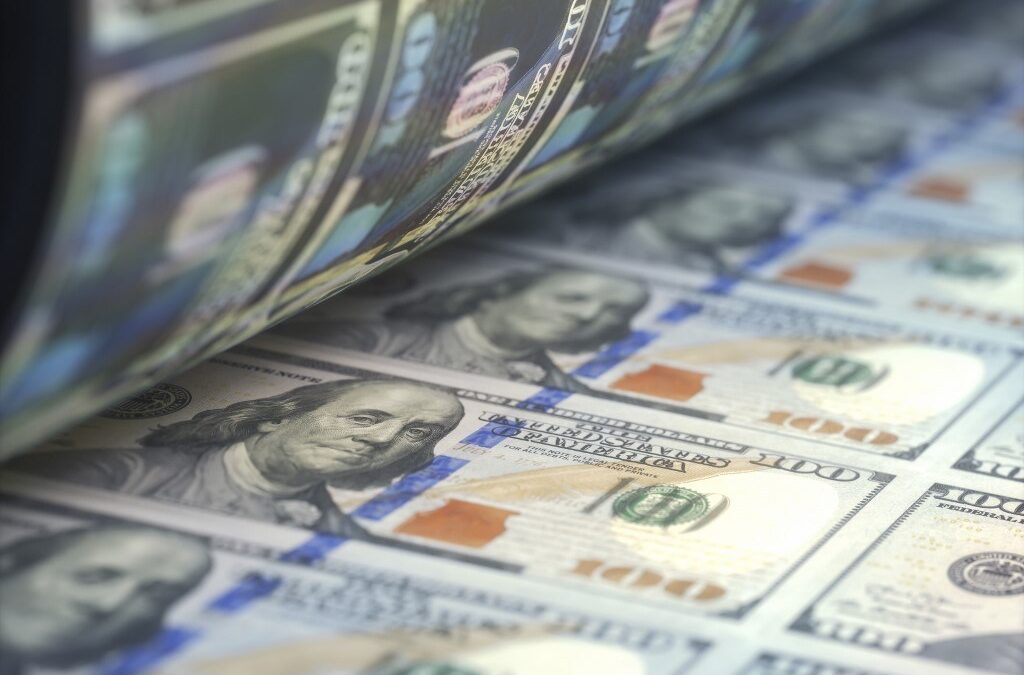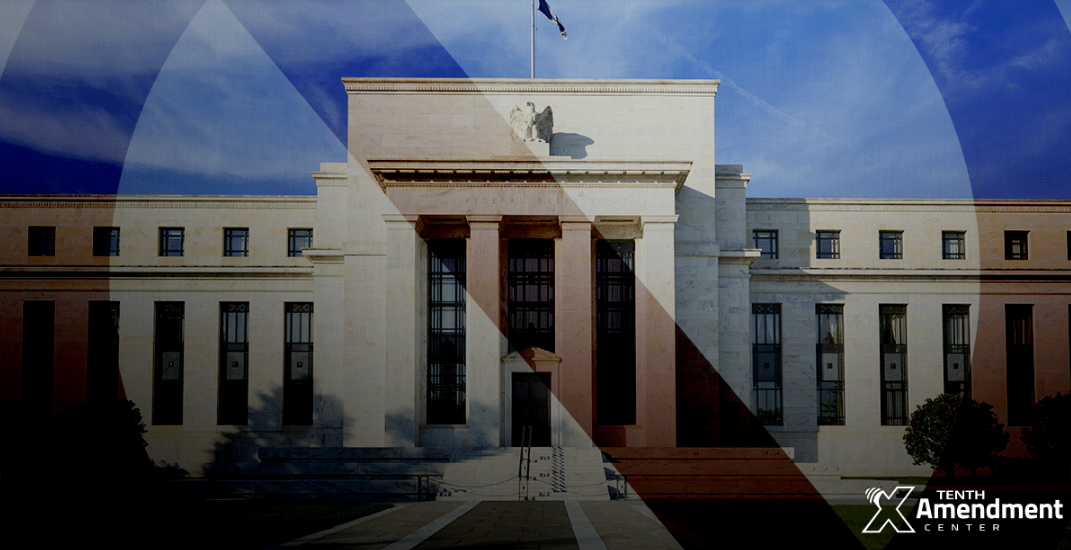As some business owners and residents on King Street described it, “Charleston was raped” on the night of May 30, 2020, as mobs looted and burned the Holy City, turning so-called “peaceful protests” violent. Following numerous calls to remove the John C. Calhoun Monument and repeal the South Carolina Heritage Act, Charleston Mayor John Tecklenburg took a resolution to the city council to defy state law and remove the monument. Meanwhile, Democrat state lawmakers encouraged Charleston’s local leaders to tear it down regardless of the state law.
On June 23, the council held an emergency meeting via Zoom and voted unanimously to remove the statue of Calhoun on Marion Square. In the dead of night (at approximately 1:00 a.m. on June 24) crews began working to remove the statue of Calhoun.
While Marion Square (the site upon which the monument was set) has a unique agreement as a privately owned public space, the monument itself was erected with funds collected by the Ladies’ Calhoun Monument Association (LCMA) and entrusted to the City of Charleston. Therefore, it had all the protections of a “public war related monument” as specified under the SC Heritage Act.
Aside from that, the history of the monument tells an incredible story, one certainly worthy of sharing with generations to come. Shortly after Calhoun’s death in 1850, a multitude of civic organizations (led by the LCMA) began raising funds to erect a monument to “South Carolina’s Greatest Son”. Their task would take over 46 years to complete.
The cornerstone for the base of the monument was laid in 1858. During the ceremony, a chest was placed in the ground by dignitaries, each of whom placed an important item in the box. Some of those items included a cannonball from the Battle of Fort Moultrie (then known as Fort Sullivan) in 1776, one hundred dollars of continental money, locks of Calhoun’s hair, material that had been used at his funeral, and a multitude of original documents — including some of his speeches.
The LCMA would soon divert their energy toward the worst war in American history by turning “their attention from rendering honors to the dead to administering to the living; to staying the blood that gushed from many a wound…” At their final meeting before the War Between the States, they resolved “that it is the wish of this Association, that the Calhoun Monument shall be the first public work carried on after the restoration of Peace, as a just tribute to the memory of our Political Father, John C. Calhoun.”
Some of the funds for his statue were used to relocate Calhoun’s body from his grave as the Yankees ransacked, burned, and looted the South. His body was returned to its proper resting place at St. Phillips Church in Charleston after the war was over.
The original statue was finally erected in 1887, and — as a symbol of remembrance for the “cast iron man” — was one of the earlier statues in South Carolina. It was also a symbol of reconciliation for southerners who had just lost everything in the war and during Reconstruction. There was an effort by the LCMA toward an educational fund; however, those efforts were met with challenges.
The original statue was said to be an inadequate representation of Calhoun; therefore, a second bronze figure was commissioned. In 1896, the statue was erected and placed atop a 115-foot pedestal made of Carolina granite. One hundred and twenty-four years later, that statue of Calhoun was removed from its pedestal and brought down. Shortly after this demolition crews toppled the pedestal, breaking the base in the process, which the City of Charleston is planning to bust up next week.
Politicians and radicals are always seeking ways to make themselves relevant. Unfortunately, many today believe that they must destroy the figures of the past in order to stake their claim on the present. As an eighth-generation South Carolinian, I believe that this “cancel culture” mentality is doing a grave injustice to everyone.
There is a serious physiological problem in society. Some believe specific issues around the country are happening because of the history of the South and the United States. Some believe we all must appease the Left and condemn America’s Founders as racists whose memories should be wiped from the public eye.
The fact of the matter is that the death of George Floyd had nothing to do with John C. Calhoun. The deaths of the nine innocent people who were murdered at Mother Emanuel AME Church in June 2015 by a psychotic individual who was on mind altering drugs had nothing to do with John C. Calhoun. Even if an action is committed for truly racist reasons, those actions cannot simply be blamed on the people of the past.
All of this poses a serious question on individual responsibility. Today, many have adopted the belief that government, or even society, is responsible, rather than the individual. I fear that the sacred stones of liberty and history will continue to be destroyed until this personal responsibility is restored. People must stop pandering to calls from cancel culture mobs.
The problems of today do not stem from statues. The destruction of the John C. Calhoun Monument is a story of capitulation, one in which the cornerstones of liberty are being chipped away. Further, many of the statues being destroyed were statues of reconciliation — in the case of Calhoun’s monument, erected to bring people together after nearly one million Americans died in the War Between the States.
While this erasure of Southern heritage began many years ago, the current protection of monuments in South Carolina started in the year 2000, with the passage of the SC Heritage Act. The bill was enacted as a compromise to bring the Confederate Battle Flag off the dome of the South Carolina State House. The flag was to be moved to the Confederate Soldier Monument on the front lawn, in exchange for the protection of all public war-related, African-American, and Native American monuments and memorials. The law also protects the many streets, bridges, parks, and public areas of the state and its subdivisions that are named after historical figures from being renamed or rededicated.
If you’re wondering why the SC Heritage Act did not protect the John C. Calhoun Monument, both Mayor Tecklenburg and South Carolina Attorney General Alan Wilson have said that the monument does not have protection under the Heritage Act. While the Calhoun monument has its own unique legal situation, I believe that it does fall under the protection of SC Heritage Act.
Here’s why: Born on March 18, 1782 in the Abbeville District of South Carolina, John C. Calhoun completed his studies at Yale University in 1804. He studied law before taking apprenticeships in Charleston and Abbeville.
Calhoun helped organize a town meeting in August 1807 in Abbeville to denounce the attack by a British warship on an American ship, the Chesapeake, off the coast of Virginia. In what would become his mission to stop the blockade and attacks on the American ships and economy, he was one of the first to call for a Second War for Independence against Britain and their continued tyranny over America.
He was then elected to the South Carolina House of Representatives in 1808 before being elected to Congress in 1810 serving the old Abbeville District of Abbeville, Laurens, and Newberry Counties. Along with Speaker Henry Clay, Calhoun was known as a “war hawk.” His work as Chairman for the House Foreign Relations Committee and majority leader was critical to American efforts against Britain.
Calhoun himself would introduce the Declaration of War with Britain in June of 1812, saying, “This is the second struggle for our liberty; and if we but do justice to ourselves, it will be no less glorious and successful than the first. Let us but exert ourselves, and we must meet with the prospering smile of heaven. Sir, I assert it with confidence, a war just and necessary in its origin, wisely and vigorously carried on, and honorably terminated, would establish the integrity and prosperity of our country for centuries.”
Along with a crippling blockade of American ships, the British burned down many buildings in Washington, including the White House; however America beat back British naval forces. The War of 1812 ended two years later with the Treaty of Ghent, signed on Christmas Day 1814.
Calhoun was known by his Congressional colleagues as “young Hercules who carried the war on his shoulders.” Without a doubt, his entry onto the public stage was centered around this – his service in the War of 1812.
He not only played a critical role in the War of 1812, but accepted the position as Secretary of War under President James Monroe in 1817. One federal officer wrote that “if ever there was perfection carried into any branch of the public service, it was that which Mr. Calhoun carried into the War Department.” Secretary Calhoun would lead the effort to restructure the armed services, helping launch the concept of the “expansible army”, which allowed for less U.S. troops to be active during times of peace and to quickly expand with a threat of war.
As he worked toward better military, he advanced military education through his proposal for a “school of practice” for enlisted men. As Secretary of War, Calhoun modernized and professionalized the defense of the United States. His work to ensure American naval forces had victory was even recognized in 1961 with the naming of the USS John C. Calhoun Nuclear Submarine. The ship played a role in ending the Cold War, as it was strategically positioned around the world.
Bvt. Maj. Sylvanus Thayer was appointed Superintendent of the United States Military Academy at West Point and, with Calhoun’s help, organized the cadets into tactical units, created the Commandant of Cadets, and dramatically improved the curriculum. Thayer would later become known as the “Father of the U.S. Military Academy”.
While Secretary of War, Calhoun helped acquire and direct resources for General Andrew Jackson and the military; however in 1818 he recognized Jackson’s overreach in invading Florida (which was then owned by Spain). What was supposed to have been a mission to stop Seminole raids on American settlements led to Spain forfeiting Florida to the U.S. After the First Seminole War, Calhoun would go on to serve as Vice President under two separate administrations: those of John Quincy Adams and Andrew Jackson.
As Professor and Historian, Clyde N. Wilson said “it is reasonable to say that Calhoun in his seven years in the War Department did more to create the peacetime U.S. than any other single individual.”
Some have said that Calhoun’s positions as an advocate for the War of 1812 is inconsistent with his stances in later years; however, Great Britain was a real threat to the United States on both its coast and its northern border.
As time moved on and government grew, Calhoun’s constitutionally restricted view of government was tested even more. On the question of going to war with Mexico in 1846, in his Jeffersonian manner Calhoun said, “war may make us great; but let it never be forgotten that peace only can make us both great and free.” As a United States Senator, he delivered a speech before the Senate the following year stating “…we begin now to find the misfortune of entering into war without a declaration of war – without a declaration setting forth to the people the causes of the war, and upon which they may hold the Government responsible. We have got into a war by recognition of war, and not a declaration…”
He went on to say, “Every Senator knows that I was opposed to the war; but none knows but myself the depth of that opposition. With my conceptions of its character and consequences, it was impossible for me to vote for it.”
Just think if those in Washington had listened to Calhoun’s warnings against many of the undeclared and unnecessary wars. Calhoun was a true statesman, a man of reason and peace who would not allow the US to be bullied. In the true tradition of the Founders, he was a man that would only use war for defense and never for conquest or empire.
Between restructuring the Armed Forces and defending the principle of Constitutional war, it is impossible to deny that Calhoun played a key role in nineteenth-century American history as a Congressman, Secretary of War, Secretary of State, and Vice President. These facts without any doubt demonstrate that public monuments dedicated to Calhoun do have standing under the protections of the SC Heritage Act.
One cannot understand the history of South Carolina without the story of John C. Calhoun. It is a great tragedy that the State of South Carolina and the people of Charleston have allowed his monument to come down. I pray for and continue to work toward a “restoration of Peace,” a day when we as Southerners, as Americans, can reconcile our differences and appreciate the uniqueness that has made us who we are.
Originally appeared in the Abbeville Institute.



